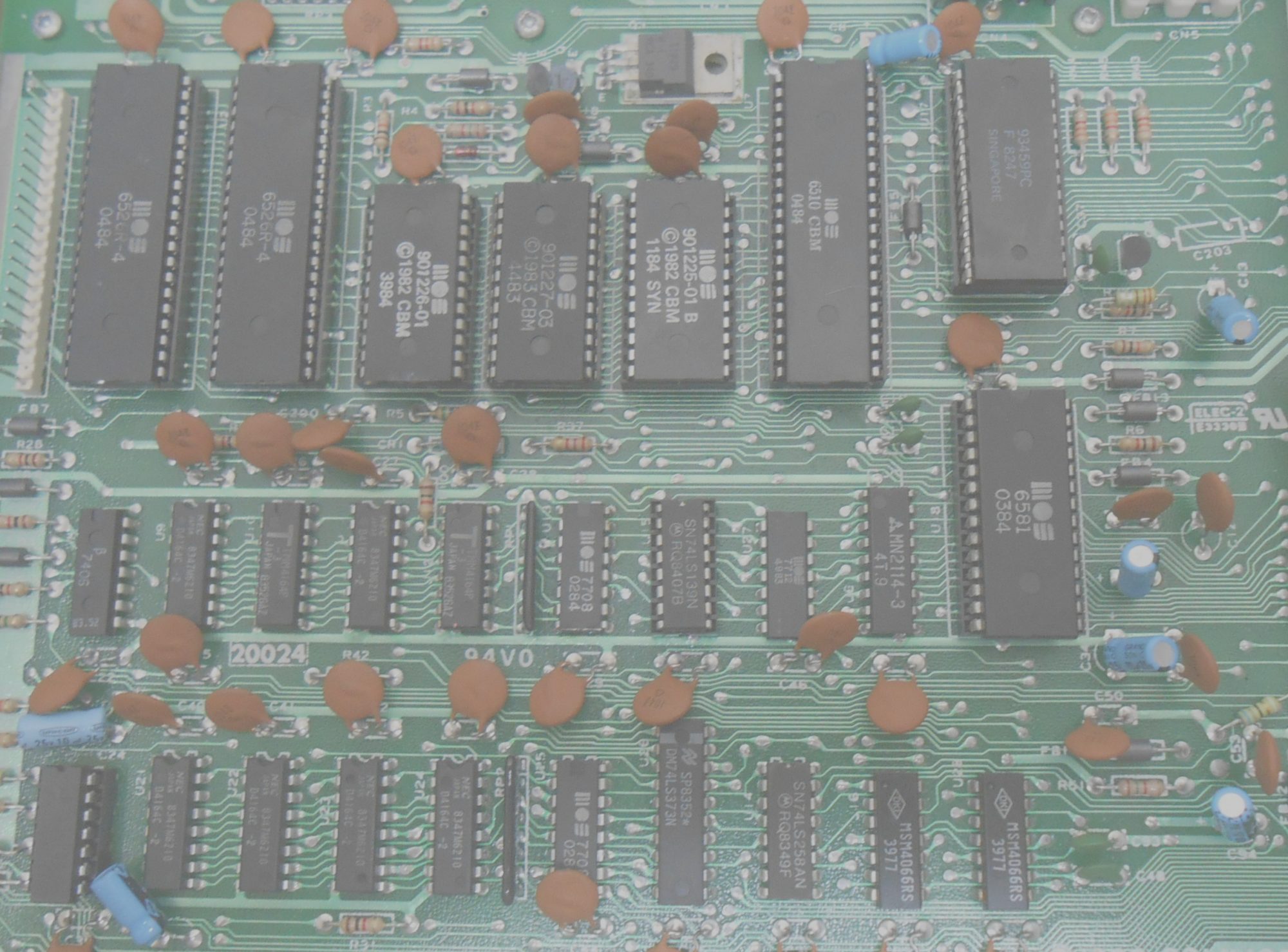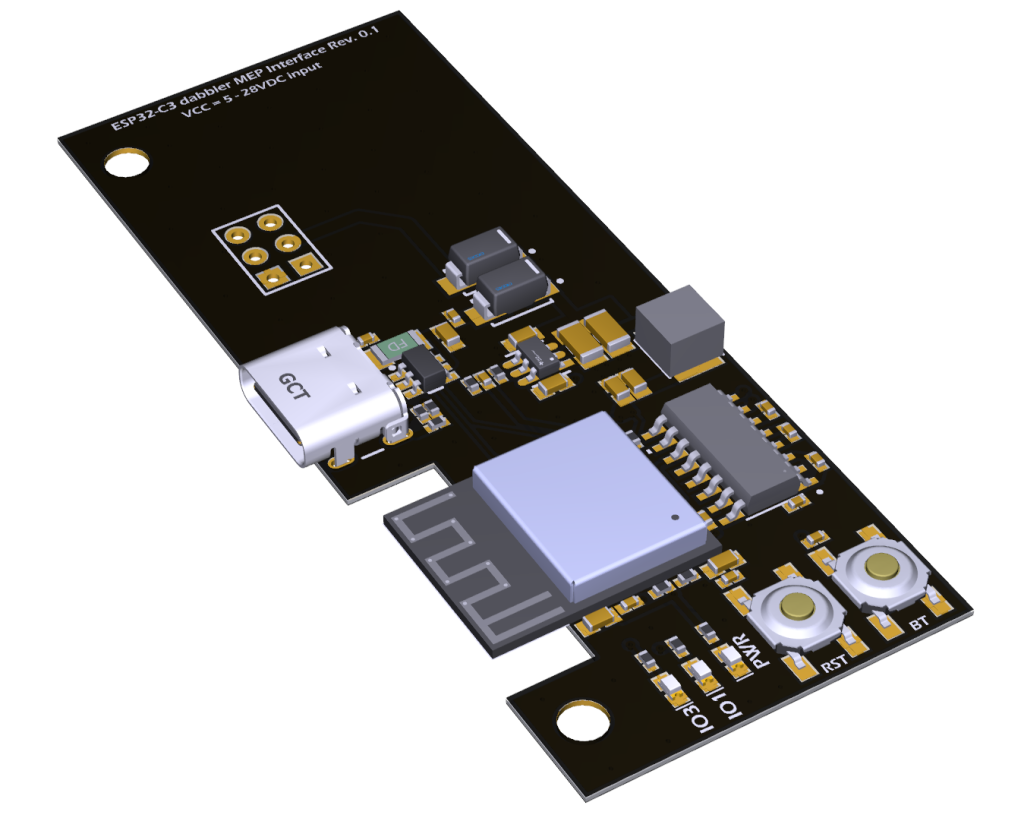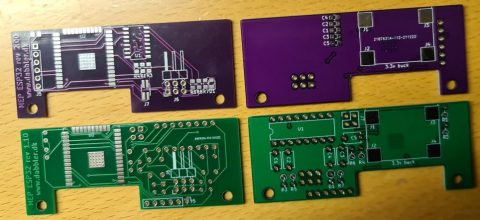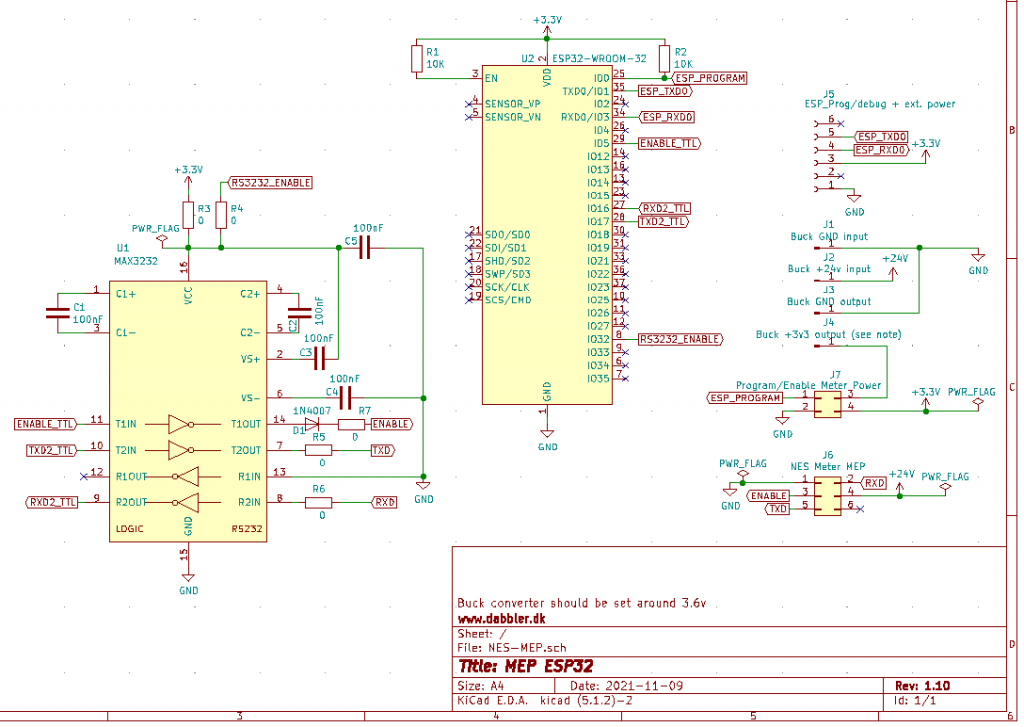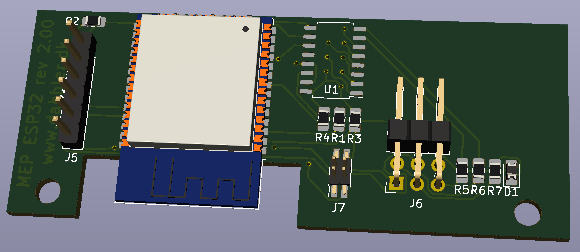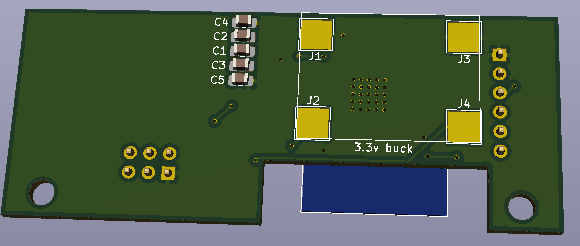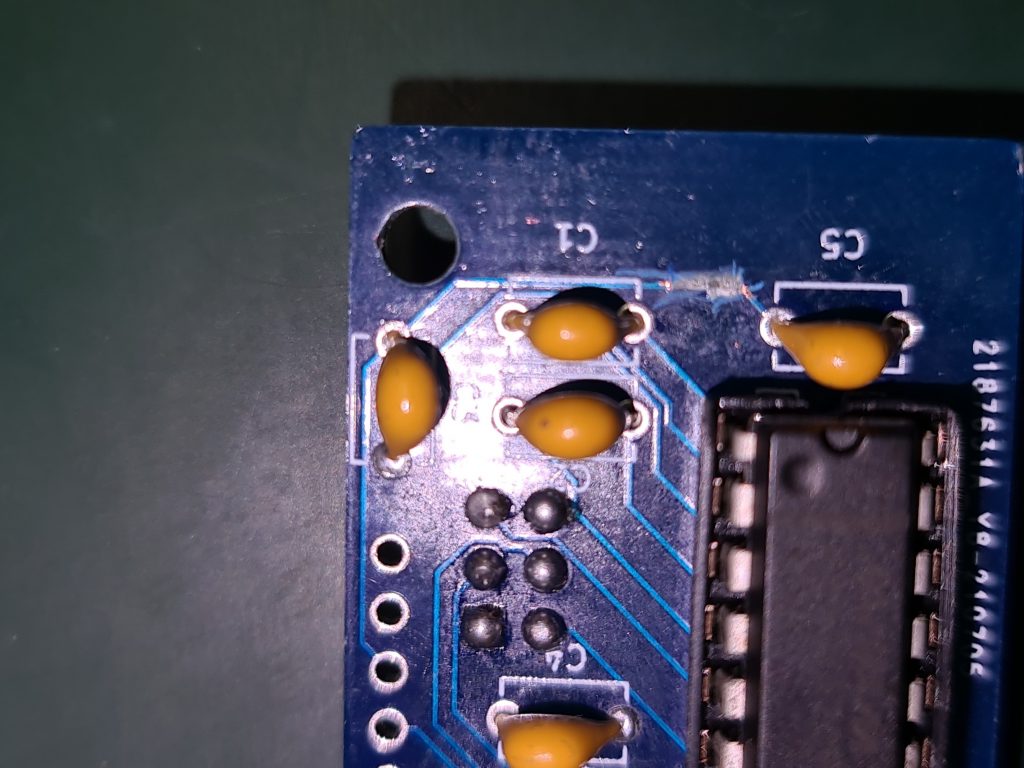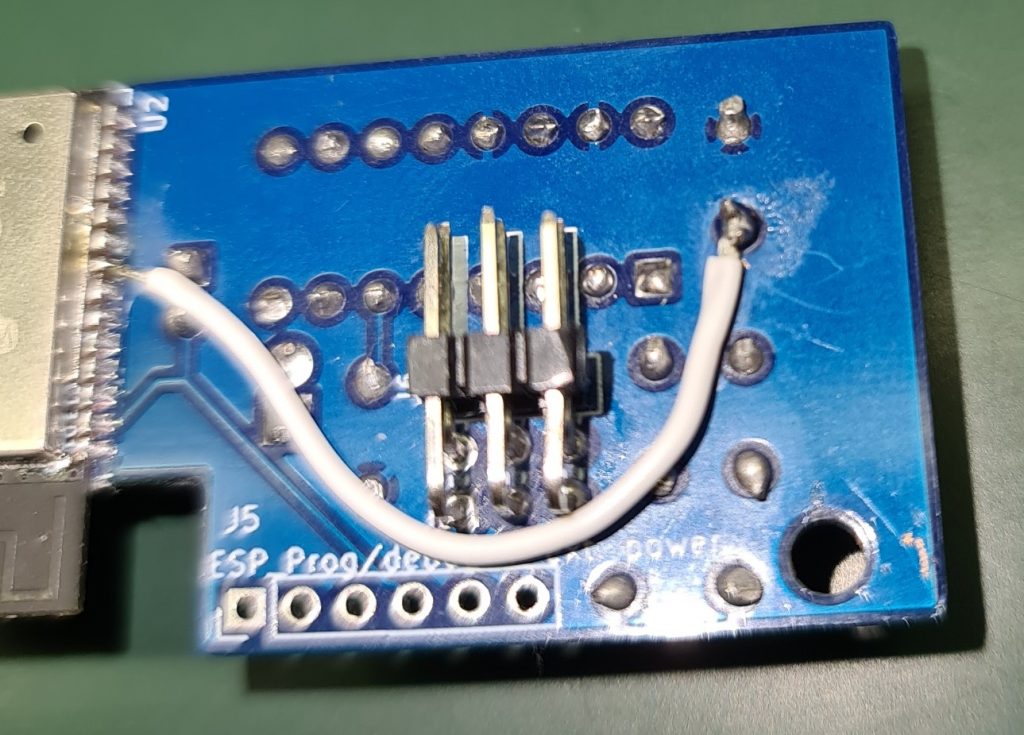Update as per 2023-03-30: We are out of PCBs and parts and are not planning to order any new ones.
The Limited offer has now finally ended. It has been running FAR longer than we expected due to high demand – we were simply not able to catch up, and when we did, we had some extra modules and kits we wanted to provide.
Anyway – everything comes to an end, and we simply don’t have the time to keep providing these kits and modules. We hope that someone else will pick up this task – and we will be happy to refer/forward any requests etc…
Remember all Hard- and Software is (and will continue to be) available on our GitHub here: https://github.com/dabblerdk
Below you’ll find the original text of this entry along with the comment section:
This is a follow up on our previous Echelon/NES Smart Meter post.
We have released all our Hard- and software on GitHub here: https://github.com/dabblerdk, so your cheapest way of getting started if you have soldering skills is to order a PCB and components – and start building your own modules.
We hope that someone will pick up the task of producing/selling kits and assembled modules, but we have decided to offer some ourselves for a limited time to get more people involved.
Note: The price is set so others will have a chance of under-bidding us, that is on purpose.
If you buy one of our modules we expect you to participate in the project in some way. It could be as simple as write your story/experience about the project (as a guest writer on www.dabbler.dk or on the OSGP Alliance GitHub site), or if you have the skills you can help develop/improve the hard- and software.
We have two options:
The MEP module as a kit, all components included. The ESP32 is a 16MB version.
You are required to have the tools and skills, to assemble the PCB, adjust the buck converter and program the ESP32.
The PCB/components are classic through-hole-technology (THT) so you don’t need to have good SMD skills.
But note that the ESP32 is a separate PCB with castellated holes (that is kind of like SMD).
As the module is NOT assembled, we cannot test it or install the software. You’ll have to do that yourself.
Price: 300 DKK including freight in Denmark (payment due before shipment (bank transfer, PayPal or Mobile Pay).
An assembled MEP module. The ESP32 is a 16MB version.
The Module is flashed and should boot into Access Point mode when mounted in the Smart Meter. You should then be able to go to the homepage of the module and configure it to use your WIFI. Here you will also be able to enter the MBK key you got from your Power Company.
PCB and components are mostly classic through-hole-technology (THT), but the ESP32 is a board with castellated holes.
We might also choose to provide SMD versions at the same price depending on component availability. You will be asked if SMD is OK with you before shipping.
Before shipment we will make sure the module boots correctly in our Smart Meter, but we won’t perform a long/extensive test of the module.
Price: 500 DKK including freight in Denmark (payment due before shipment (bank transfer, PayPal or Mobile Pay).
IMPORTANT:
This is a prototype project without ANY form of warranty. Any use of this module is your risk and costs!
We cannot gurantee delivery times as we purchase most components from China to keep the cost low. Delivery times may vary from 0 to 2 months or in special cases even longer.
NOTE:
AS we currently have no experience with the IR solution, we will NOT be providing any hard- or software for that at this point.
ORDERING:
Please send an e-mail to gert@dabbler.dk and graves@dabbler.dk, stating if you want a kit or an assembled module. Also state your shipment address.
Please let us know if you have any questions.
